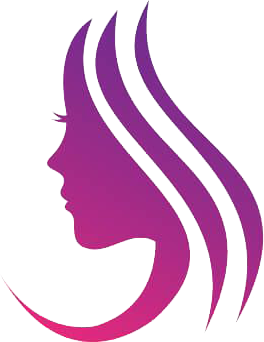Rachel Weisz has long been synonymous with elegance and poise, particularly during high-profile events like Paris Fashion Week. Her ability to maintain a youthful appearance over three decades in the public eye has intrigued many. We associate this enchanting glow not just with her fashion choices or cosmetic finesse, but with a disciplined approach to fitness that complements her lifestyle. This article delves into Weisz’s workout regime, drawing parallels with her husband’s rigorous preparation for the role of James Bond, while also dismantling common misconceptions surrounding women’s fitness.
In a candid conversation with Vogue, Weisz contrasted her workout ethos with that of her husband, Daniel Craig. Her quirky admission speaks volumes about her self-awareness: “If I lifted weights I’d get huge.” Here, she introduces a profound point about societal perceptions of women’s strength training and muscle development. Unlike Craig’s high-caliber fitness routines, which are meticulously crafted under the expertise of Simon Waterson, Weisz adopts a more moderate approach. Her preference for running and Pilates signifies a shift in focus from sheer muscle gain to holistic health and injury prevention.
Interestingly, in a world where rapid weight loss and intense workouts are often celebrated, Weisz’s fitness journey highlights the importance of patience and care, particularly for new mothers. This perspective is crucial, as many women may feel compelled to adhere quickly to societal beauty standards after childbirth, often leading to unsustainable practices.
Pilates has gained momentum globally, and for good reason. Personal trainer Nancy Best, the founder of Ladies Who Crunch, emphasizes the advantages of this low-impact workout, especially for those who have recently given birth. Best notes that, unlike high-intensity cardio, Pilates fosters a reconnection with one’s body post-pregnancy. This emphasis on core and pelvic floor strengthening is vital as women navigate the healing process after childbirth. It allows new mothers to focus on controlled movement and proper alignment, thereby minimizing the risk of injuries, which can otherwise be devastating during recovery.
Weisz’s commitment to Pilates since having her son Henry in 2006 shows a dedication to maintaining her well-being rather than succumbing to external pressures. Through controlled movements, Pilates not only enhances physical strength but also encourages psychological resilience, something essential for those balancing family and career.
A significant misconception that circulates among women concerning strength training is the fear of becoming ‘bulky.’ Weisz’s comments reflect a common anxiety, but Best clarifies such fears—gaining substantial muscle mass requires careful dietary considerations and training regimens that aren’t easily replicated through casual workouts. She highlights that Daniel Craig’s transformations for roles demand a structured caloric surplus and intensive bodybuilding methods, a stark contrast to the more moderate fitness that Weisz engages in.
In contrast, Best reassures women that incorporating weights into their regimen does not automatically lead to ‘bulking up.’ Women generally produce lower levels of testosterone than men, which curtails the muscle growth potential. By lifting weights, women can build lean muscle mass, enhance bone density, and significantly reduce the risk of osteoporosis—a concern that becomes increasingly relevant as women age.
When Weisz claims to be “naturally muscly,” she might be alluding to her aesthetic preferences shaped by her unique body composition. Best explains that muscle visibility is often tied to a person’s body fat percentage. Thus, lower body fat allows muscles to appear more toned. However, maintaining an athletic look hinges on numerous factors, including genetics, nutrition, age, and overall activity levels.
Ultimately, Weisz’s self-described preference for “general and moderate” exercise does not mean she lacks intensity. Rather, this phrasing suggests a balanced approach focusing on full-body workouts that incorporate various fitness styles. Weisz likely gravitates toward a combination of strength training and flexibility exercises rather than high-intensity programs like CrossFit, allowing her to achieve aesthetic goals while avoiding injury.
Rachel Weisz exemplifies a modern understanding of fitness that values wellness over excessive pressure. Her journey combines discipline with practicality, focusing on strength and longevity rather than aesthetic extremes. As she embraces Pilates and running, Weisz embodies the concept that fitness should enhance life, promote well-being, and, ultimately, reflect individual needs rather than conform to stereotypes. Through her example, perhaps we can learn to prioritize our health in a holistic sense while redefining societal standards of beauty and strength.

